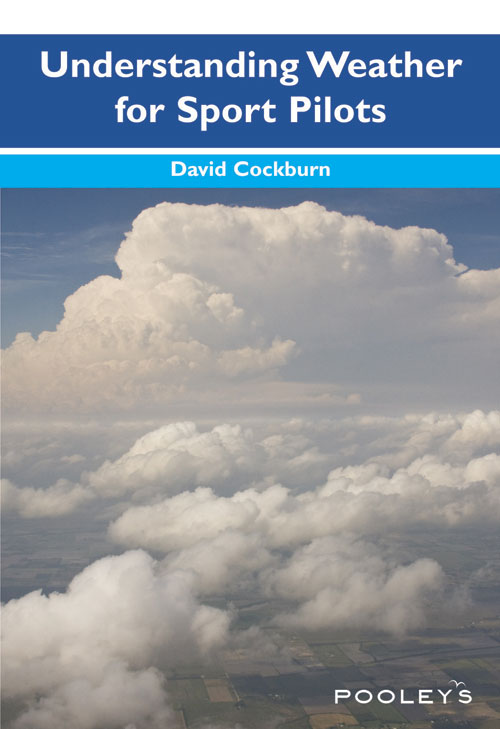
Understanding Weather for Sport Pilots - Cockburn
Pooleys stock code: PPM090/Share
Product description
This book has been produced primarily to assist microlight pilots by giving them a document to which they can refer in order to achieve safe and practical flights. It is as relevant to those flying modern, fast, light aeroplanes as to those with weight-shift machines, and should be useful for any sport aviator, whatever he or she may fly.
Aircraft handling skills can be learned, and pilots are (or ought to be) in control over how they use these skills. However, no-one has control at all over what Nature may produce, and as many have found, it is easy for the weather to gain the better of a pilot. For that reason, the book contains a certain amount of basic theory as a background to its important guidance on obtaining and using the available meteorological information. It also contains much practical advice on how to recognise and avoid potential weather hazards.It is sometimes said that a butterfly flapping its wings in the Amazon rainforest will eventually affect the weather in the British Isles.
The atmosphere will very seldom act exactly as this or any book suggests, and pilots are unlikely to see any weather feature exactly as the descriptions, but the general trends and principles will nearly always apply. Modern meteorological forecasts are produced by computer with guidance from highly trained and qualified scientists, but these forecasts can never be completely accurate, and are certainly not tailored to the requirements of an individual pilot. To enjoy our flying to the maximum while retaining a reasonable level of safety, we need to learn as much about the weather as possible.
We should make an effort to interpret published forecasts, and then compare these forecasts and our interpretations with what actually happens later. This book of course can only act as an introduction to the subject of meteorology.Hopefully, it will encourage readers to consult more detailed books on the subject to improve their knowledge. The author is grateful for the assistance of the UK Met Office, with whose permission many of the charts have been reproduced.
David Cockburn served for many years in the Royal Air Force as a pilot and flying instructor, amassing nearly 6000 flying hours including over 1000 hours instructing on jet trainers and 1000 hours on light piston aeroplanes. During that time he specialised in teaching mainly visual navigation techniques to pilots and navigators in the air and on the ground. He holds a UK Airline Transport Pilots Licence, and since leaving the RAF has worked as a ground instructor in professional flying training schools in this country and abroad, and is the author of several professional training books and manuals. While employed by the UK CAA and subsequently, he has received awards for his work to improve General Aviation safety, and continues to give flying instruction at flying clubs to PPL and IMC rating students. Having decided to concentrate on private pilot training, it became apparent that students and private pilots found it difficult to find the practical and important information they needed from the detailed descriptions in the available textbooks.
Look inside!



